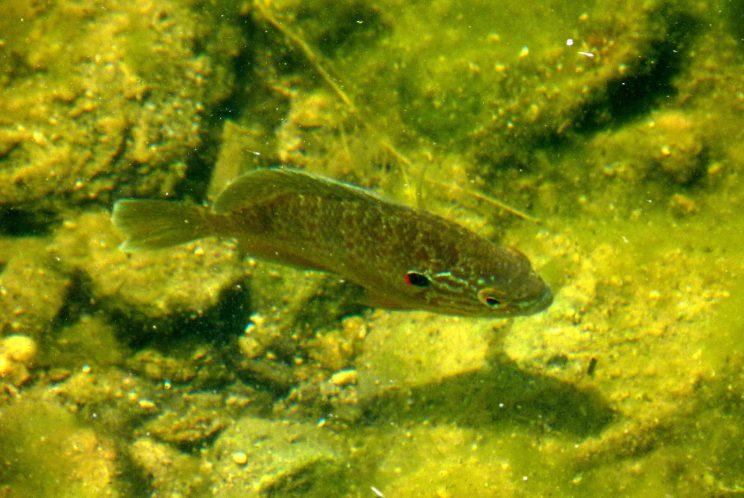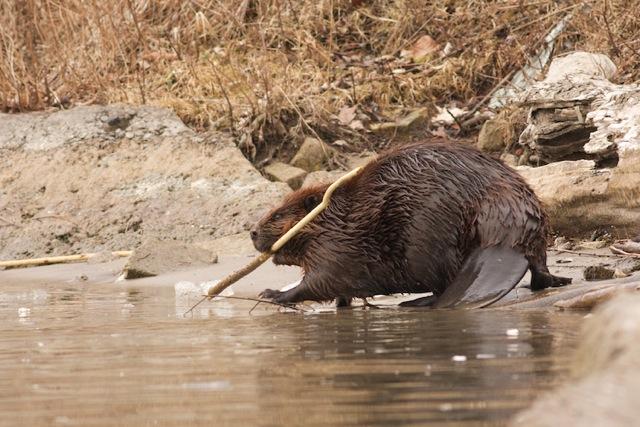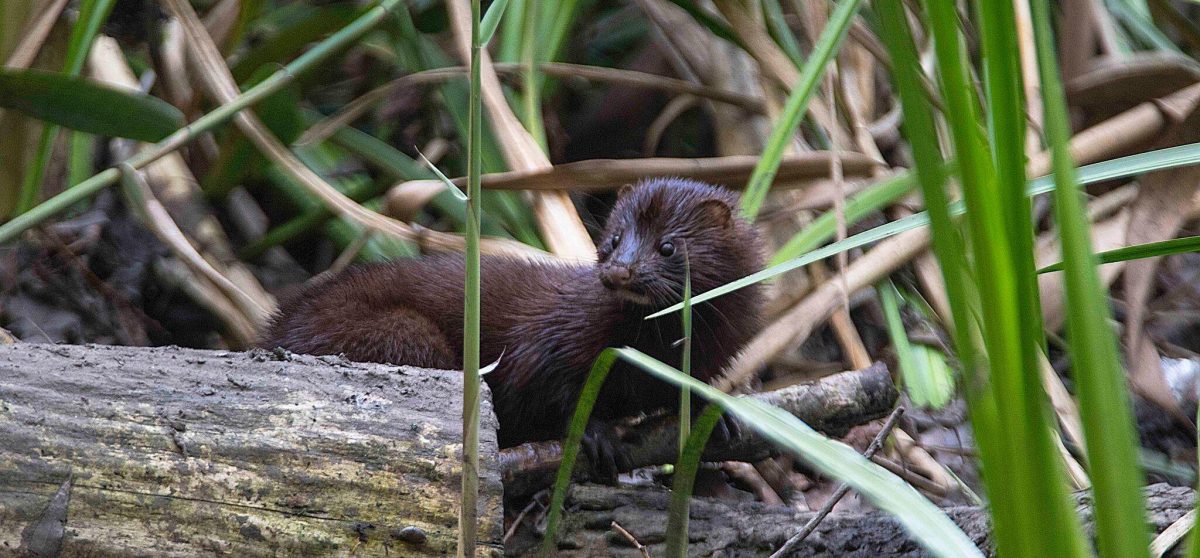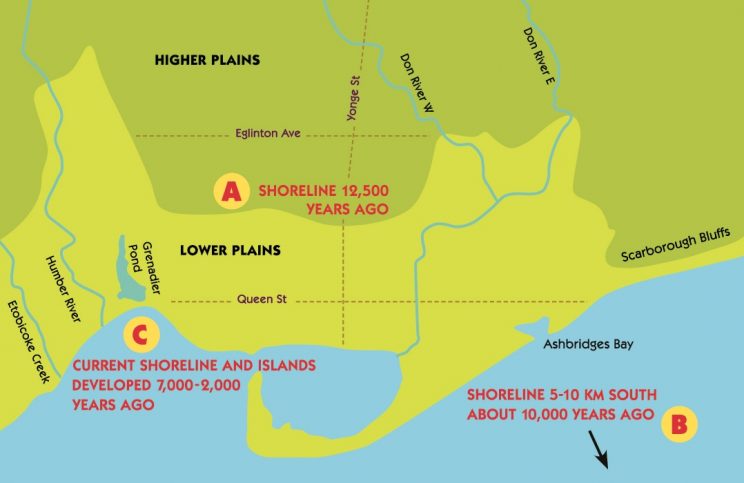by Liz Tate
What type of tree is the dead one left to rot in the pond?
There are two types of large willows growing next to Grenadier Pond. The dead willow is a weeping willow. In general, the willow is a short-lived tree.
Why was this willow tree cut down?
A decision was made to fell the unsafe willow tree into the pond and leave it whole. When a tree becomes a safety hazard it is cut down. Any sign that the structure of the tree is compromised would have been acted on immediately, especially one so close to the pathway. Signs that would warrant cutting down the tree would include significant wind or beaver damage, as would indications that the tree was rotting such as dying branches in the crown of an old tree.
Why was that fallen Willow Tree not removed from Grenadier Pond?
The fallen willow is purposely left where it is, half submerged at the edge of the pond, where it contributes to making the pond one that it is ideal for wildlife, plants and the ecological health of the pond as whole.
Other Ecological Benefits of the Fallen Willow
The plant populations along the shoreline also benefit from fallen trees being left in place: the sediments carried by the currents in the water tend to gather around the branches; water currents are dispersed when passing through the branches allowing silt to settle and reducing erosion along the shoreline in that area. The decaying branches also add nutrients to the sediment which are beneficial to plants, contributing to the muck on the floor of the pond. The plants which get a foothold in such favourable sediments will themselves further reduce the eroding effect of currents along the shoreline of the pond & further enhance the cover and food already provided by the fallen tree as it decays.
The Benefits of Muck
Decomposing wood adds to the muck at the bottom of grenadier pond. “Mucky bottoms support insects and other invertebrates (e.g. crayfish) that are fed on by fish and wildlife” “gravel and silt” which gathers in shoreline vegetation and debris “good for fish spawning, mayflies for burrows, frogs for laying eggs”.
Other Animals use the Willow
Among Grenadier Pond’s inhabitants and visitors is a diverse array of animal species including frogs and turtles, fish and water fowl, resident and migrating birds, beavers and mink as well as insects and small organisms that are less easy to see. Some of the visitors are land animals who use the pond to drink, feed on water plants, or prey on small animals. Migrating birds have a sheltered alternative to the windier and more exposed shorelines of Lake Ontario. All these animals benefit from the fallen willow being left where it is.
Looking to the Future
Every year the fallen willow decays until there is no sign that it was there except for the stump on the shore. When it was first felled, the willow was the only one of its size on the east side of the pond contributing to the establishment of a more natural shoreline that provides habitat for wildlife.
Ideally, as time passes, other trees and woody debris will grow, mature and die in numerous locations along the eastern edge of Grenadier Pond. As more of the cement edge (installed in the 1950s) is removed,a more natural shoreline profile will develop. Plants will naturally invade the shoreline given these conditions and an established shoreline corridor for wildlife will be in place.
The Grenadier Pond of the future is even more beautiful and diverse and the fallen Willow tree is contributing to that future.
Sources
- Garber, Steven D. 1987. Urban Naturalist. Wiley and Sons Inc., Canada.
- Another source.
This articles doesn't have sources.



























